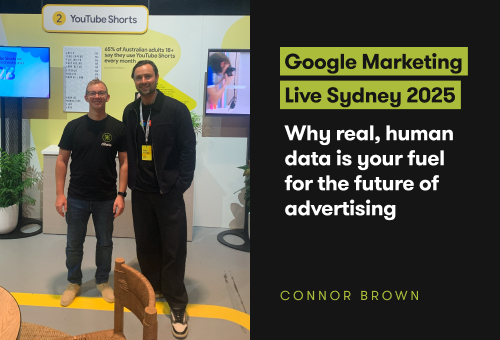5 Types of Common Logo Design Styles
With an oversaturated market, it can be difficult to make your business stand out from the rest. Branding therefore becomes centrally important to getting your voice heard, and a memorable logo is a great way to get your brand name out there. But, did you now their is more than one type of logo? When designing your logo for your business it's important to consider the type and style of logo you are after before beginning. Logo styles can be divided into five basic categories: wordmarks, lettermarks, brandmarks, combination marks and emblems. Continue to read on to learn more about each type of logo style and how they might suit your business.
Wordmark:
A wordmark, sometimes referred to as a logotype, is the simplest form of logo based entirely on the text of the companies name. Usually based on handwriting/signature styles or custom fonts, the type-only logo conveys a sense of confidence, history and stability relying on brand name alone. Well known examples such as Coca-Cola, Facebook or Google.
Lettermark:
A lettermark, also called a monogram logo, is also made up of text only, but is based on the initials of the brand, rather than the companies full name. It’s a good choice for companies with longer or difficult to pronounce names. Using only initials makes the name easy to remember, especially in a global market. Some famous examples such as the National Aeronautics and Space Administration (NASA), and Electronic Arts (EA).
Unique Design:
If you had to ask ten people in a room to design a logo for your industry, their first sketches might all come out pretty similar. It’s when designers are a few logos deep that they start extrapolating and developing designs with more meaning, and a few more designs after that until they’ve cleared away the clutter and found the perfect unique logo. Your logo doesn’t necessarily need to be the stamp of your industry; just because you run a fast-food joint doesn’t mean your logo should be a burger. Run far and wide from ‘the box’ while you’re brainstorming ideas and follow up any concepts you find particularly eye-catching.
Brandmark:
A brandmark, also referred to as a pictorial mark, contains only an image, and no text. The image, icon or symbol solely represents the brand and company. A brandmark can be a great way for audiences to form a psychological connection to your brand, as the brain responds on a deeper, more instinctive level to an image than written text, which needs to be interpreted. Famous examples include Apple’s apple logo, or Nike’s ‘Swoosh’ tick.
Combination Mark:
As the name suggests, a combination mark involves a combination of wordmark and symbol. Also known as iconic logotypes, combination marks mean you can convey a visual idea of what they brand represents, as well as making it clear what it’s called, so it’s particularly useful for new or less well-known brands. Its complexity also means it’s easier to trademark, and means your logo is more distinctive and less likely to be confused with other brands’ logos. Famous examples include the logos for Xbox, McDonald’s and Microsoft.
Emblem:
Like a combination mark, an emblem also involves both text and symbol, but in this case the text appears inside the symbol. Emblems are less flexible than combination marks, as their elements are typically difficult to separate out. Historically used by organisations such as schools, charities, sports teams and government agencies, and resembling a badge or seal, this style of logo can lend an air of authority and authenticity to a modern-day brand. Famous examples of emblems include the logos for Ford, Starbucks and MasterCard. If you’re ready to supercharge your logo and branding, the team at Dilate are here to help. We’ll work with you to deliver a logo design that is bespoke and tailored to your needs. Call us today to get those conversions happening! For an awesome graphic design logos to get people converting, contact Dilate Digital today on .
















